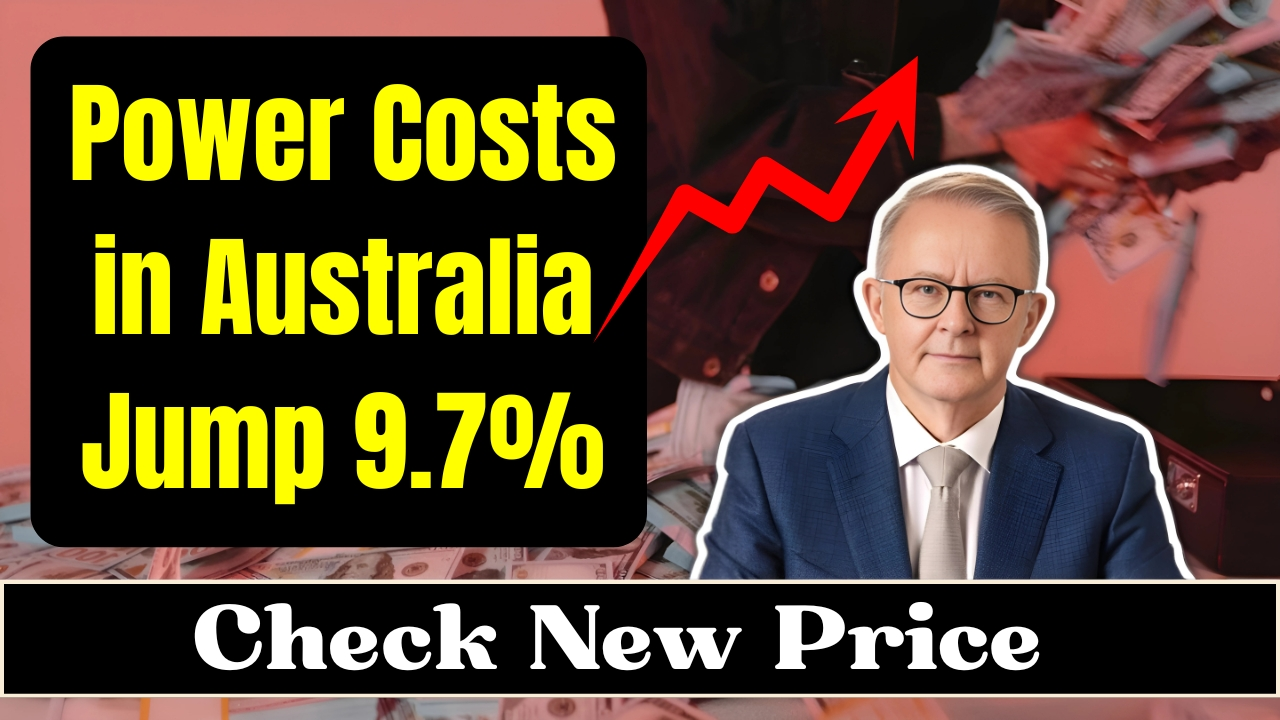Be ready for a bigger power costs. The Australian Energy Regulator (AER) has authorised a 9.7% hike in electricity rates that takes effect from 1 July 2025. This change will affect millions of households and small enterprises in New South Wales, Queensland, and South Australia.
What’s Driving the Rise?
The 9.7% bump has clear roots. Wholesale electricity costs have climbed, driven by the aging fleet of coal generators and a rebound in demand. At the same time, the financing of network improvements has exceeded forecasts, with the price of transmission upgrades soaring by 25% to 55%. Fluctuating gas prices have compounded the issue, raising the cost to dispatch gas generators whenever renewables fall short.
The AER reviews and sets the Default Market Offer (DMO) annually, which provides a cap on charges for consumers on basic contracts.
What Will Your New Bill Be?
By Region
| State/Region | Projected Increase | Estimated Additional Annual Cost |
|---|---|---|
| New South Wales | 7.8% – 9.7% | +159−249 |
| South East Queensland | 0.5% – 5.8% | +61−119 |
| South Australia | 2.3% – 5.2% | +$120 |
Most Affected Groups
Households in New South Wales will absorb the largest hikes, with certain postcode areas rounding up to the full 9.7%. Those using controlled load tariffs, commonly for off-peak heat pumps, will see the toughest spikes carried through to their statements.
Smaller enterprises will not escape the wave. Depending on their location and hourly usage, their exposures will widen by 0.8% to 8.5%.
Steps to Take Immediately
Compare Retail Offers
The Default Market Offer (DMO) acts like a safety net, not an economy plan. A full 90-95% of offers in the contestable market sit below the DMO. The most competitive tariffs run 18-27% under the DMO benchmark.
Evaluate Solar and Storage Solutions
Amid power cost escalations, an increasing number of households are exploring rooftop solar and integrated battery storage. Advances in photovoltaic cell efficiency and declining manufacturing prices now allow these technologies to deliver payback periods that pencil out for many budgets, offsetting future power costs in incremental and often pronounced ways.
Reach Out If Your Budget Is Tight
Should these power costs strain your finances, place a call to your retailer. Consumer safeguards under national legislation require companies to provide hardship programs, deferred payment options, and tailored support for customers who signal that energy bills are becoming unmanageable.
Watch for What Comes Next
The current 9.7% hike is unlikely to be the last. Network charge escalations and the complexities of the national energy transition continue to exert upward pressure on tariffs. Gov-tendered entrant projects and an intensifying renewables build-out, however, could offset some of this pressure and lead to a flatter cost curve over the longer horizon.
The current upward adjustment to the Victorian Default Offer, now extending to an additional 348,000 homes, compounds these challenges. In Tasmania, the rise is a lesser 2%; however, the ACT confronts a sharper climb of 10.11%.
Common Questions and Answers
Q: When will the new power rates apply?
A: The 9.7% adjustment takes effect on July 1, 2025, in all impacted jurisdictions.
Q: Is there a way to circumvent the increase?
A: You may avoid or mitigate the higher charges by migrating to a less expensive market offer or by installing solar photovoltaic arrays with or without lithium-ion battery storage for time-shifting.
Power prices surged 9.7% from July 2025, escalating your quarterly bill by about $148. This spike stems partly from climbing wholesale prices—sparked by global gas prices and stricter emissions rules. Ageing power plants now demand costly repairs while newer, cleaner plants are slower to finance. Finally, every grid upgrade— to reinforce ageing towers or install bigger transformers.
Centrelink $3,080 Payment Australia – Who Can Apply and How to Claim Successfully!
